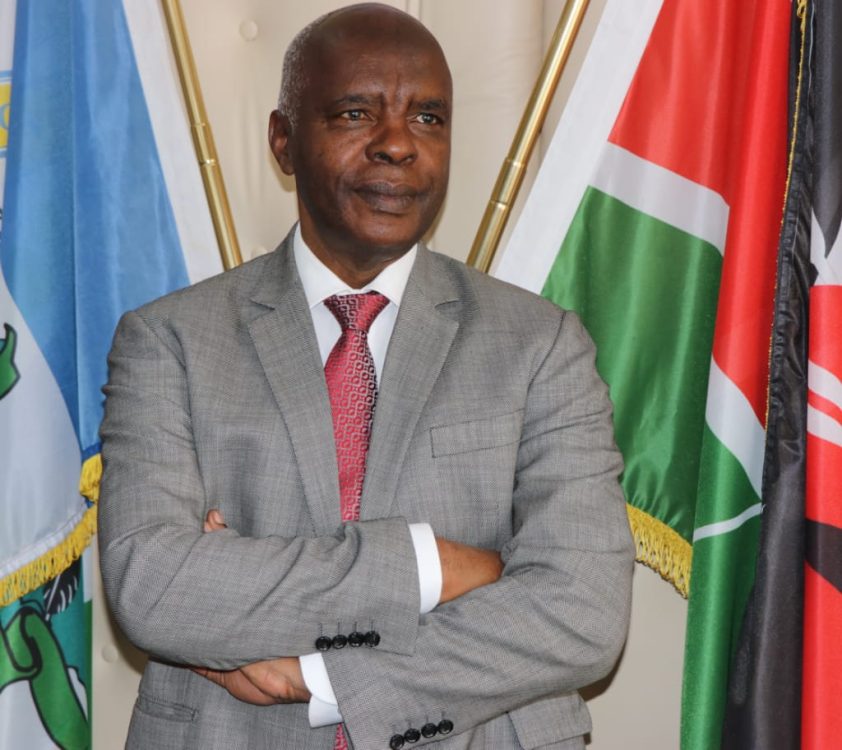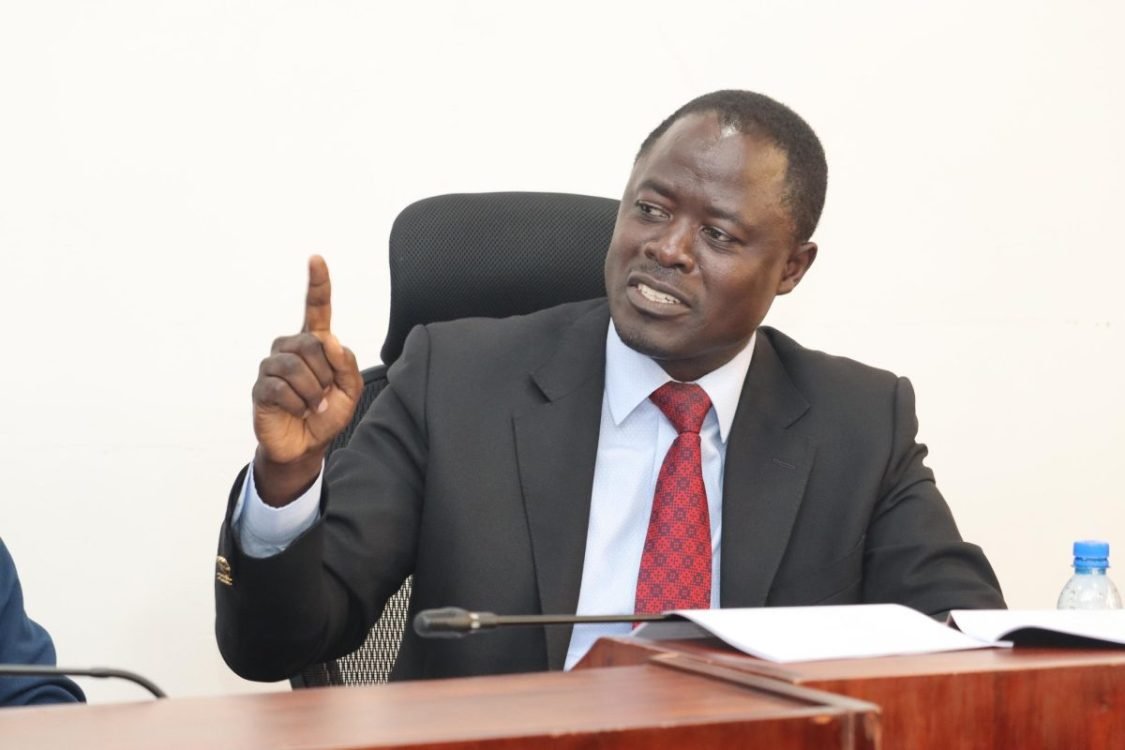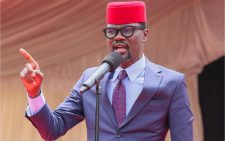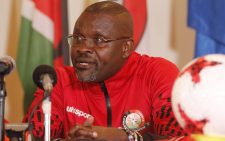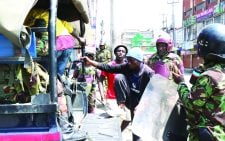Presidential development tours harmful
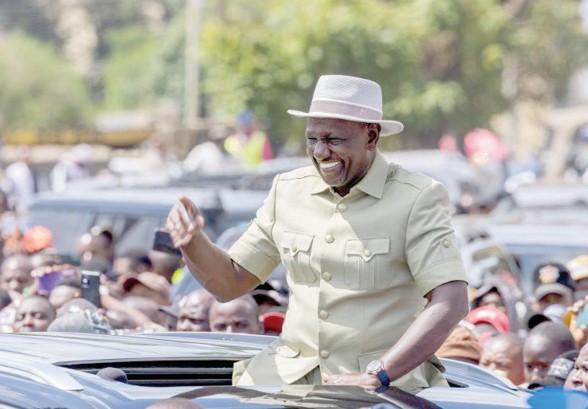
The practice of blending development with political campaigning is not a new phenomenon in Kenya’s political history. It has deep historical roots, stretching back to the Jomo Kenyatta era.
As Kenya’s founding president (1964–1978), Kenyatta used national tours and public harambees to entrench patronage networks, often rewarding loyal regions with projects while ignoring or sidelining dissenting ones.
These state visits fused development and political messaging, crafting the image of the president as the sole dispenser of progress. It was common for local leaders to compete for presidential favour to attract development projects, reinforcing a culture of dependency and weakening local democratic agency.
President Daniel arap Moi (1978–2002) refined and expanded this strategy. His presidency was defined by near-constant tours across the country, where development promises were directly tied to political loyalty.
These visits, often choreographed with local administrators, chiefs, and KANU loyalists, reinforced the perception that development was a function of political allegiance. Under the one-party rule, dissenting voices or regions perceived to be opposition-leaning found themselves starved of critical infrastructure. Citizens were conditioned to equate loyalty with development, thereby reinforcing authoritarian tendencies.
President Mwai Kibaki (2002–2013), elected on a reformist platform, introduced a more technocratic approach to governance. His government initiated important economic policies, including Vision 2030, and delivered flagship projects like the Thika Superhighway.
Nonetheless, even Kibaki’s administration relied on development tours. These tours, though less dramatic than his predecessors’, were still used to showcase government achievements and consolidate political alliances.
While Kibaki delegated much of the technical work to line ministries and agencies, the practice of linking development launches to presidential presence endured.
President Uhuru Kenyatta (2013–2022) elevated development tours to a new level. With a focus on the “Big Four Agenda”—covering housing, manufacturing, universal healthcare, and food security—Uhuru’s administration invested heavily in project branding and publicity.
State House communication was often dominated by images of the president cutting ribbons, opening roads, launching hospitals, or visiting construction sites. These events were frequently turned into political rallies. Critics questioned the cost, sustainability, and political intent of such initiatives, especially when projects were launched prematurely or without budgetary allocation. Moreover, in areas where political support was lukewarm, there was less enthusiasm from the state.
Courting political converts
The end of president Uhuru’s tenure ushered in President William Ruto tenure (2022–present). This administration has not only elevated the culture but deepened the tradition. Since taking office, Ruto has undertaken aggressive development tours under the banner of his Bottom-Up Economic Transformation Agenda (BETA).
In October 2024, he spent several days in Nyanza, commissioning projects including the MV Uhuru II in Kisumu, affordable housing in Homa Bay, and irrigation schemes in Migori. This tour was significant not only for its development promises but for its political implications, given the region’s history as an opposition stronghold. By visiting Nyanza, Ruto aimed to signal inclusivity while also courting political converts. Observers noted how local leaders were pressured to align with the ruling coalition in exchange for development promises.
In early 2025, the president embarked on a five-day tour of the Mt. Kenya region, launching water projects, roads, and affordable housing developments. In Nairobi, he flagged off the Sh50 billion Nairobi River Regeneration Programme, promising hundreds affordable homes and thousands of jobs including the chapati making machine.
Other regional visits include North Eastern, the Rift Valley, Western, and Coastal counties, often following a similar script: grand project announcements, overt political messaging, and public declarations of loyalty by local leaders.
While these tours aim to stimulate local economies and attract investment, it is worth noting that they also serve to boost the president’s visibility and shape voter perception ahead of 2027 general elections. The frequency and intensity of these tours further reinforce the impression that the presidency is the central node of all national progress yet it is not supposed to be the case given the devolved governance system.
These presidential tours, though framed as development-focused, blur the lines between governance and politicking. Projects are often framed as presidential “gifts” to regions rather than constitutional entitlements. Areas that voted for the ruling coalition may receive disproportionate attention, while opposition strongholds find themselves neglected. This undermines the promise of equitable development envisioned in the 2010 Constitution and perpetuates a zero-sum perception of politics.
From my view as a historian familiar with Kenyans ethnic and political terrain, as long as development is distributed based on political loyalty, national cohesion remains fragile. The tradition of development tours also diverts attention from long-term institution-building. In well-established democracies, development is not personalised.
In countries like Germany, Canada, South Korea, and the United States, infrastructure and services are delivered through robust institutions, with presidents or prime ministers playing a strategic role in policy formulation and international engagement. For example, US presidents focus on national policy debates, global diplomacy, or economic strategy.
They do not tour states to launch roads, schools, or water tanks. Those responsibilities fall within the purview of state governments, agencies, and local councils. By contrast, in Kenya, these functions are centralised and mediatised, thereby weakening the devolution framework.
When the president must personally visit a region for a road to be built, it implies that institutions are either dysfunctional or subservient. The political symbolism becomes more important than the actual utility of the project. Public servants and local leaders may then prioritise pleasing the president over serving their constituents. Administrative efficiency takes a back seat to political theatrics.
The practice also imposes significant financial and administrative costs. A single presidential visit requires elaborate logistics, involving large security details, road closures, public mobilisation, and often temporary disruption of services. These events cost taxpayers millions, yet many of the projects launched are not new or are already underway.
The political consequences of development tours are corrosive. They encourage ethnic and regional competition for state resources, deepen political polarization, and discourage critical engagement. To address these challenges, I prose that Kenya must embrace the spirit and letter of the 2010 Constitution. Development must be institutionalised, not politicised. The presidency should provide policy direction and oversight but leave implementation to devolved governments and professional agencies.
Public participation, parliamentary oversight, and evidence-based planning should guide infrastructure development—not political expediency. It is essential to reinstate the primacy of law and procedures over populist demands and political pageantry.
Equally important, citizens must reject the myth that development is a reward for political support. Every Kenyan, regardless of how they vote, is entitled to basic services and infrastructure. Civic education, media scrutiny, and civil society advocacy are critical in dismantling the narrative that equates presidential visits with progress. There is a need for robust civic empowerment programs that enable communities to monitor project implementation independently of political cycles.
Ultimately, Kenya must move from a personalised to an institutional model of governance. The president should not be a development symbol, but a national leader focused on transformative policies, institutional integrity, and long-term national interests. Until then, the circus of development tours will continue to distract the country from real progress, deepen inequality, and erode the democratic foundations Kenya has struggled to build.
The writer is a History Lecturer & UASU Chapter Trustee, Alupe University-Kenya



